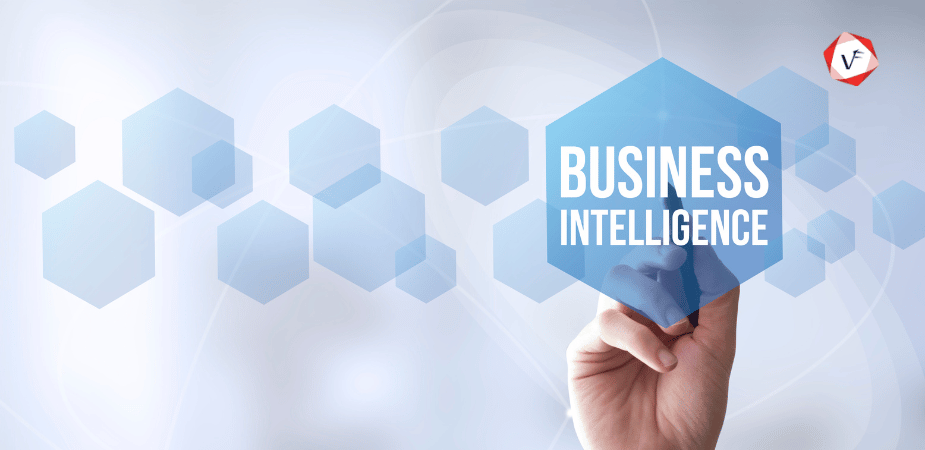Application Modernization Roadmap: Moving To The Cloud Safely And Fast
Migrating to the cloud – public or private – is at the core of Vofox’s legacy modernization initiative that’s performed for our clients.
To take advantage of all the benefits that cloud migration offers, the simple lift-and-shift migration approach isn’t enough. An Efficient legacy application transformation process is required for safe and smooth modernization activities. Only when you understand what these are in each particular case and focus on how to address them, your organization can approach application modernization in the best way.
In this blog, we have explained the important steps in efficiently migrating legacy applications to the cloud, which we usually adhere to at Vofox. Below are the elements of a roadmap to a smooth legacy-to-cloud migration based on Vofox’s practice.
The Roadmap To Your Modernization Initiative
1. “As Is” Analysis And Vision Setting
As applications age, the initial requirements, which are critical, get lost. Therefore, the starting phase of an application modernization roadmap is analyzing the “as is” of the current system and setting a vision. Your most skilled software engineers should examine existing source code for restoring the lost information about its design patterns, specs, and requirements, and plan for safely moving them to modern structures. This will significantly simplify system maintenance and evolution in the future.
Take a detailed inventory of all the hardware, software, and business applications that are used at present. We advise conducting an app evaluation for determining how easy it is to move your software to the target architecture. At this stage, it is important to host collaborative workshops, as main stakeholders across departments will work together to defining the goals and strategies for the modernization initiative.
2. Prioritization And Target Operation Modeling
When the initial evaluation is done, the next step is starting to prioritize apps and business processes that have to be modernized.
After you create a list of modernization-ready apps, prioritize transformations that will add real value to their workflows. Important questions are:
- Which applications are the most out of date?
- Which systems are resulting in a decrease in employee productivity and performance?
- How is outdated software affecting the customer experience?
During this step, you must balance present business needs with considerations about the future of your company. This allows for a more targeted modernization plan that involves governance and transition recommendations, process standardization, and a decrease in the overall cost of ownership. In addition, a prioritization framework can help your organization in creating a modernization schedule and mapping out the project from end to end.
3. Survey The Market For Available IT Solutions
Once the application assessment and prioritization steps are complete, you will have to survey the market for locating a golden ratio where technology solutions and business goals are in complete synergy. When researching new technologies, your organization must focus on:
- Agility
- Scalability
- Cost control
- Customization features
- IT and data security
Modern techniques that are used for application modernization include microservices, cloud transformation, low-code app platforms, containerization, and customizable APIs. Microservice architecture and containerization are especially crucial to application modernization. Microservice architecture protocols are lightweight, letting organizations easily develop and manage newer apps, enhance development efficiency, and enhance the resilience of business-critical operations.
4. Architecture Transformation
The core of the application migration roadmap is breaking down monolithic applications into a collection of meaningful small, loosely coupled microservices. This architecture ensures rapid and reliable delivery of complex apps and lets organizations constantly evolve their technology stack. We at Vofox decompose complex software architecture into independent parts with each covering a certain meaningful set of functionality.
Such isolation helps to modernize incrementally, minimizing the complexity and risks associated with large-scale architectural changes. Application decoupling enables a fast application deployment and reduces fault impact when a server generates errors or just stops. SOA/microservices-based architecture can also help in leveraging one of the main cloud capabilities – dynamic scaling as only independent nodes can scale faster on demand. Therefore, it’s possible to optimize the time cloud resources are used and paid for while keeping the app greatly available.
5. DevOps
At last, it is significant to plan for checks and balances that will ensure that your modernization strategies roll out as per the plan you set from the start. If, for example, you plan to modernize your legacy system over two years, continuous improvement strategies will increase the likelihood of a successful project.
Utilizing DevOps is a core practice in application modernization and cloud-ready development. It removes barriers between development and operations and implies the introduction of such practices as continuous integration and delivery, continuous updates and automated scalability. This further simplifies the management of complex, distributed, modular systems. DevOps workflows will also make sure your engineers work within well-defined processes so you can sustain your cloud-native or digital-first roadmap.
Also read the importance of application modernization in 2022
Final Thoughts
Because every organization has its requirements and budgetary constraints, no two application modernization roadmaps will be the same. The modernization process can be flushed out in more detail by incorporating design thinking methodology, making sure new projects serve a purpose and have clearly defined goals.
Building a customized application modernization roadmap needs careful planning, proactive change management, and input from stakeholders with various backgrounds. To set your project up for success, you have to study as-is architecture, define migration goals and strategies, and take steps to reduce downtime and other disruptions. During the deployment stage, you have to host regular workshops for monitoring progress and seeking feedback from end-users.
If your internal team is not experienced in performing cloud migrations, be sure to look at Vofox’s application modernization services. Our team can help with the full modernization cycle from a feasibility study and an optimal migration strategy to modernization implementation. We guarantee the success of modernization initiatives by transforming your applications landscape into a digital-ready, cloud-ready, and agile ecosystem while creating unity between business processes, technologies, and people.





